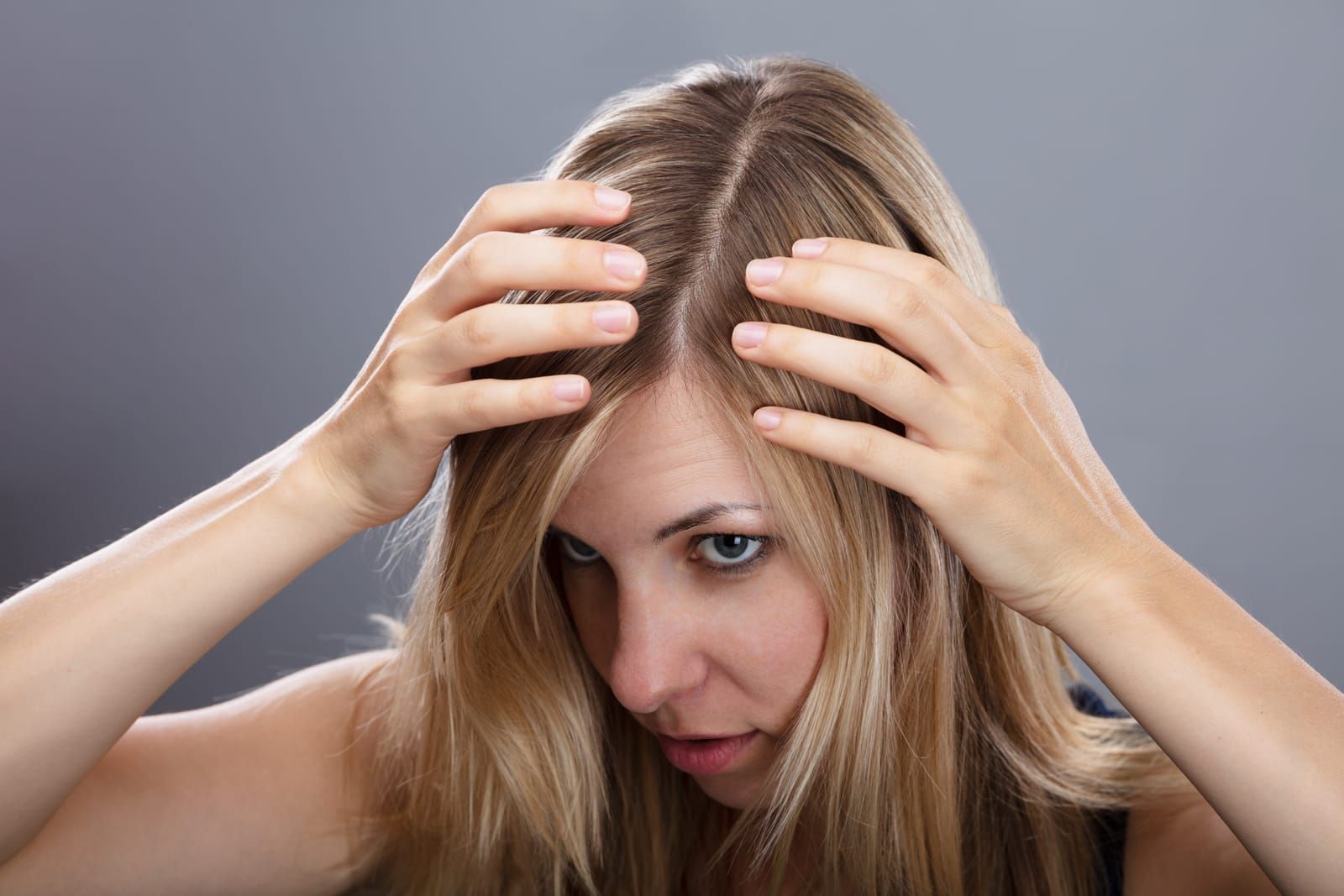Imagine waking up one morning and noticing an unusual amount of hair on your pillow or a bald patch that wasn't there before. For many individuals, this is the unsettling reality of alopecia, a condition that affects a significant portion of the population. Recognizing the early symptoms and understanding the causes and treatment options can be crucial in managing this condition effectively and maintaining your confidence.

Alopecia: What Is It?
Alopecia is a medical condition that causes hair loss from various parts of the body, most commonly the scalp. The term 'alopecia' itself refers broadly to hair loss, and the condition can manifest in different forms such as alopecia areata, androgenetic alopecia, and more. Each form has distinct characteristics, but they all share the common symptom of hair loss or thinning.
Recognizing Early Symptoms
The early signs of alopecia can vary, but they often include:
- Patchy Hair Loss: Often seen in alopecia areata, where small, round patches of hair loss appear on the scalp or other areas.
- Shedding: An increased amount of hair in your comb, shower drain, or pillow can be an early sign.
- Gradual Thinning: Hair may become visibly thinner over time, especially at the crown or hairline.
- Scalp Discomfort: Itching or tingling sensations on the scalp can sometimes precede hair loss.
These symptoms may develop suddenly or gradually, depending on the type of alopecia. It is important to note that not all hair loss is alopecia, so if you are experiencing any of these symptoms, consulting a healthcare provider for a proper diagnosis is recommended.
Causes of Alopecia
The causes of alopecia can be multifaceted and often vary depending on the type of alopecia one is experiencing. Here are some potential factors:
- Genetic Predisposition: Conditions such as androgenetic alopecia have a significant hereditary component.
- Autoimmune Response: In alopecia areata, the immune system mistakenly attacks hair follicles, leading to hair loss. Learn more about this at Cleveland Clinic.
- Hormonal Changes: Fluctuations in hormones, such as those during pregnancy or menopause, can trigger hair loss.
- Environmental Factors: Stress, nutritional deficiencies, and certain medications can also contribute to hair loss.
For a detailed exploration of the causes of alopecia, refer to this resource by Mayo Clinic.
Diagnosis and Medical Consultation
If you're experiencing signs of hair loss, a medical evaluation is crucial. A dermatologist typically conducts a physical examination and reviews your medical history to assess potential causes. They might also perform:
- Scalp Biopsy: This involves taking a small sample of skin from the scalp to examine under a microscope.
- Blood Tests: To identify any underlying health conditions that might be contributing to hair loss.
- Pull Test: Gently pulling strands of hair to evaluate the quantity and length of hair lost.
Improper diagnosis may lead to ineffective treatment, so consulting a specialist is important to determine the cause and appropriate intervention. Explore more on this topic at Penn Medicine.
Treatment Options for Alopecia
Once diagnosed, several treatment strategies can be employed depending on the form and severity of alopecia. Here are some of the most common:
- Topical Treatments: Minoxidil is a popular over-the-counter medication applied directly to the scalp to stimulate hair growth.
- Corticosteroids: For alopecia areata, corticosteroids may be injected, taken orally, or applied topically to reduce inflammation and hair loss.
- Immunotherapy: This involves applying chemicals to the scalp to provoke an allergic reaction, stimulating hair growth as the immune system rebuilds.
- Hair Transplants: Surgical procedures to move hair follicles from one part of the body to the affected areas on the scalp.
While treatment can be effective, patience is crucial, as results often take several months. For a more comprehensive view of treatments and patient experiences, refer to AAD.
Living with Alopecia
Living with alopecia can be challenging emotionally and socially. Support groups and counseling can be beneficial for individuals coping with the psychological impact. The National Institute of Arthritis and Musculoskeletal and Skin Diseases offers helpful advice on managing and living with the condition; more on this can be found here.
Adapting personal styling choices and using accessories such as wigs, hats, or scarves can help bolster confidence and provide a sense of normalcy. Exploring inclusive communities, both online and locally, can offer encouragement and understanding from those with shared experiences.
Prevention and Future Prospects
While some forms of alopecia cannot be entirely prevented due to genetic or autoimmune factors, certain lifestyle choices can help minimize risk or severity:
- Nutritious Diet: Eating a balanced diet rich in vitamins and minerals supports healthy hair growth.
- Regular Check-ups: Keeping track of hormonal and health changes can identify potential triggers.
- Stress Management: Techniques such as meditation, yoga, or exercise can reduce stress-related hair loss.
Ongoing research offers hope, with new treatments and potential genetic therapies emerging. As our understanding deepens, more targeted and effective options continue to develop, offering optimism to those affected by alopecia.
A comprehensive understanding of alopecia, its symptoms, causes, and treatments, empowers individuals with the knowledge to seek appropriate care and make informed decisions. Whether dealing with the condition personally or supporting a loved one, staying informed is the first step towards management and possible recovery.




